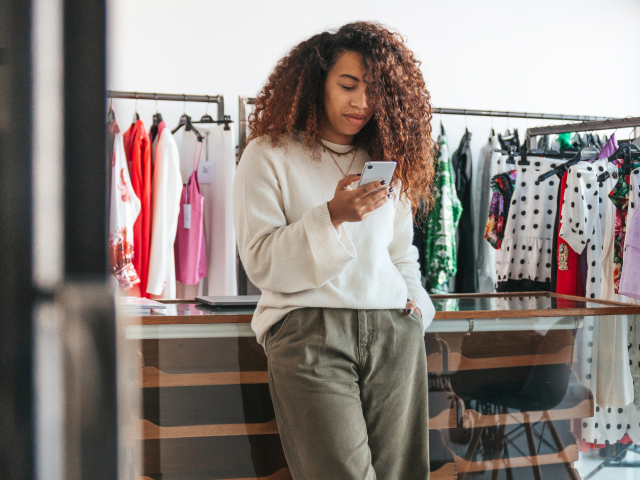This article first appeared on VentureBeat.
Author: Ali Asara, CEO
Retail crashes in the U.S. during the economic downturn and retailer withdrawals in Canada (with Target being the biggest in a long line) seem to support the narrative that physical retail is going away.
But that’s not how I see it.
As much as we hear about the growing prominence of online retailing, more than 90 percent of all retail sales in North America still happens in a retail store. For all the talk of showrooming (shoppers researching in-store but buying online), many more customers are webrooming (researching online and buying in-store), keeping in balance what is fundamentally still a business premised on physical locations.
In fact, Forrester projects that the single biggest portion of retail sales in the near future is going to be “digitally-influenced offline sales” (that is to say, products researched online but still bought in a retail store). Yes, online retailing is having a huge effect on the retail business, but not for the reason most people envision.
Online retail stores serve as a complement to physical stores — a place to learn about products, make price comparisons, and check user reviews. Few retailers have gotten ahead of this trend, effectively forcing customers to self-serve this information at a time when it is clear they are on the path to purchase and may find a better value elsewhere.
That’s why I left the successful online retailer I founded to bring novel technology to the physical store environment.
I have seen the full spectrum of what is available to an online retailer but envied the scale of the physical retail business. If we can apply some of our learnings from online retailing to stores, we can have a profound effect on how well stores perform.
This is not an antidote to every retail business woe, but it’s certainly a first step.
Online retailer Warby Parker recently topped Fast Company’s Most Innovative Companies 2015 list by taking its success online and building an offline retailing business that rivals Tiffany’s in sales-per-square foot. It is refreshing to see a retailer at the top of a most-anything list, and especially one so bold as to reimagine the role of the in-store experience while informing it with lessons learned over the years of operating a successful online retailer.
The big future of retail is that physical won’t dominate online and online won’t dominate physical. Instead, we will see retailers become smarter about what to offer their customers at each touchpoint, all the while experimenting and learning about their optimal mix.
In order for that to happen, a major shift needs to be made. Physical retailers will need to fully invest in in-store technology to meet shoppers who are entering stores more informed than ever before. Right now, these retailers are missing the opportunity to position their sales associates for a compelling and streamlined shopper experience. This can be changed through tools, like tablets, that give associates the ability to tap into an array of online and additional information, like reviews, product specifications, and customer profiles.
Online retailers will succeed if they understand that the status quo simply will not work for the foreseeable future. To survive, retailers will be served best by thinking like a technology company — build a test-and-learn culture, embrace new technology, and pay attention to macro-trends like the shift in shopper patterns.
Never has so much changed so drastically in the retail business. My small contribution at Tulip is to find a more intelligent way to do business as the retail foundation resets over the next few years.


